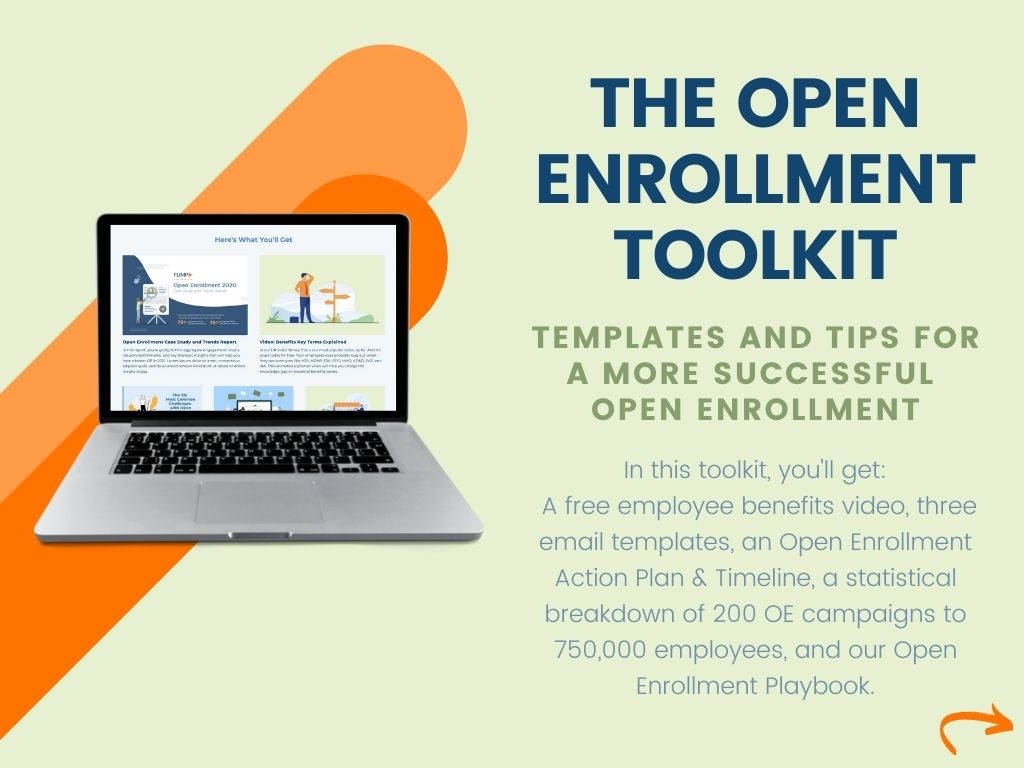Three years ago, companies across America and around the world sent their employees home in an effort to slow the spread of a deadly pandemic. But what began as a safety precaution has morphed into a working revolution.
Remote Work Is Here to Stay
According to the U.S. Census Bureau, the number of people working from home tripled between 2019 and 2021. A Gallup study conducted in the summer of 2022 found that, of the 56% of American workers whose jobs can be done remotely, 80% are working from home at least some of the time.
For employers hoping that remote work would be a passing fad, we have some bad news: 97% of professionals would prefer remote or hybrid work over going back to the office full-time.
Many employers have come to see remote work as a necessary evil. You need to offer it to attract and retain talent, but if you had your way, everyone would work on-site.
If this is your perspective, hopefully, we can persuade you to see remote work in a new light. Many common assumptions about remote work are flat-out wrong, while others are technically correct but easily managed.
Three years since the pandemic began, we have more than enough data to bust some of the biggest myths about remote work.
Myth #1: Remote Workers Don’t Work Hard; They Hardly Work
False. Remote workers are as productive or more productive than their in-office counterparts.
It’s natural to assume that workers would be less productive with less supervision and more distractions at home. But that simply isn’t the case. Study after study (including several from before the pandemic) has found that working remotely may actually allow employees to get more done in less time.
This article summarizes several research reports showing that remote workers’ productivity typically increases from 5% to 8%.
Remote workers may be more productive than on-site workers for several reasons:
- Flexible schedules allow them to attend to distracting family and personal issues.
- They are less tired from a long commute.
- Remote employees are more satisfied, and satisfied employees are more productive.
- The in-person workplace comes with its own distractions, such as frequent meetings and obligatory chit-chat.
Myth #2: Remote Work Makes Collaboration More Difficult
(Sort of) True. Collaboration suffers to some extent when teams go remote; however, technology is quickly catching up, enabling deeper collaboration than ever before.
When a massive study of 61,000 Microsoft employees concluded in 2021 that “firm-wide remote work caused the collaboration network of workers to become more static and siloed,” many remote-work skeptics felt vindicated.
Research does show that remote work can make collaboration harder — and therefore dampens the creative boost that comes when different skill sets work together.
But it’s worth noting that if these studies were to be conducted again, the results might be quite different. The working world has had three years to get used to remote work, and new collaborative approaches have emerged. Employers have learned to design their hybrid workplaces to encourage fruitful interactions.
Technology such as group chat apps, shared note-taking, and project management software allow teams to collaborate remotely and asynchronously, with software developers adding expanded features regularly. These tools may foster more effective collaboration than traditional face-to-face meetings, allowing the best ideas to rise to the top rather than the loudest voices.
Myth #3: Remote Workers Are Less Likely to Receive Raises or Promotions
True (but it doesn’t have to be). Management must shift its thinking regarding remote workers.
In a 2022 survey of 200 executives, 41% said remote employees would be less likely to be considered for promotions. The executives said their remote employees were less connected to company culture and “overly reliant on others” for remote collaboration.
Data from the U.K. shows that people who have worked from home are 38% less likely to have received a bonus over the past seven years than those who haven’t.
In-office employees are being favored for one simple reason: We tend to equate facetime with productivity and engagement. But as we’ve seen, remote workers can contribute just as much — if not more — as those who work on location.
To avoid elevating less-deserving employees and to reward top contributors, companies must find new ways to measure employee performance that prioritize quality over visibility.
Myth #4: Working From Home Is Bad For Your Employees’ Physical and Mental Wellbeing
False. Flexible scheduling gives remote and hybrid employees more time to exercise, prepare healthy meals, and develop beneficial mental health practices.
The stereotypical image of the remote worker is someone who rolls out of bed, works in their pajamas, orders takeout for every meal, never leaves the house, and rarely sees other people. Nothing could be farther from the truth. (Well, except for the pajama part.)
Remote workers are often very active in the other aspects of their lives. According to a FlexJobs survey (in association with Mental Health America):
- 80% of employees say having a job with more flexibility would allow them to take better care of their mental health.
- 83% say more work flexibility would decrease their stress.
- 67% say more work flexibility would give them more time to work out.
Freed from time-sucking commutes and the need to follow a strict schedule, remote and hybrid employees often achieve the work-life balance that eluded them during their office days. They find time to exercise, cook, enjoy stress-relieving hobbies, and, most importantly, take care of family and personal obligations.
(With remote and hybrid work, you may even see lower healthcare costs for your organization and a utilization uptick for your employee wellness program.)
Make Remote Work Work For You
Fully remote and hybrid working arrangements have become permanent elements of the employment landscape — and their popularity will only grow through 2023 and the years to come.
While remote work presents challenges for employers, these obstacles can be easily overcome by letting go of your preconceptions and experimenting with new ways of communicating and collaborating. The payoff for your organization will be a more appreciative, centered, healthy, and productive workforce.
In our view, that’s a pretty worthwhile trade.

